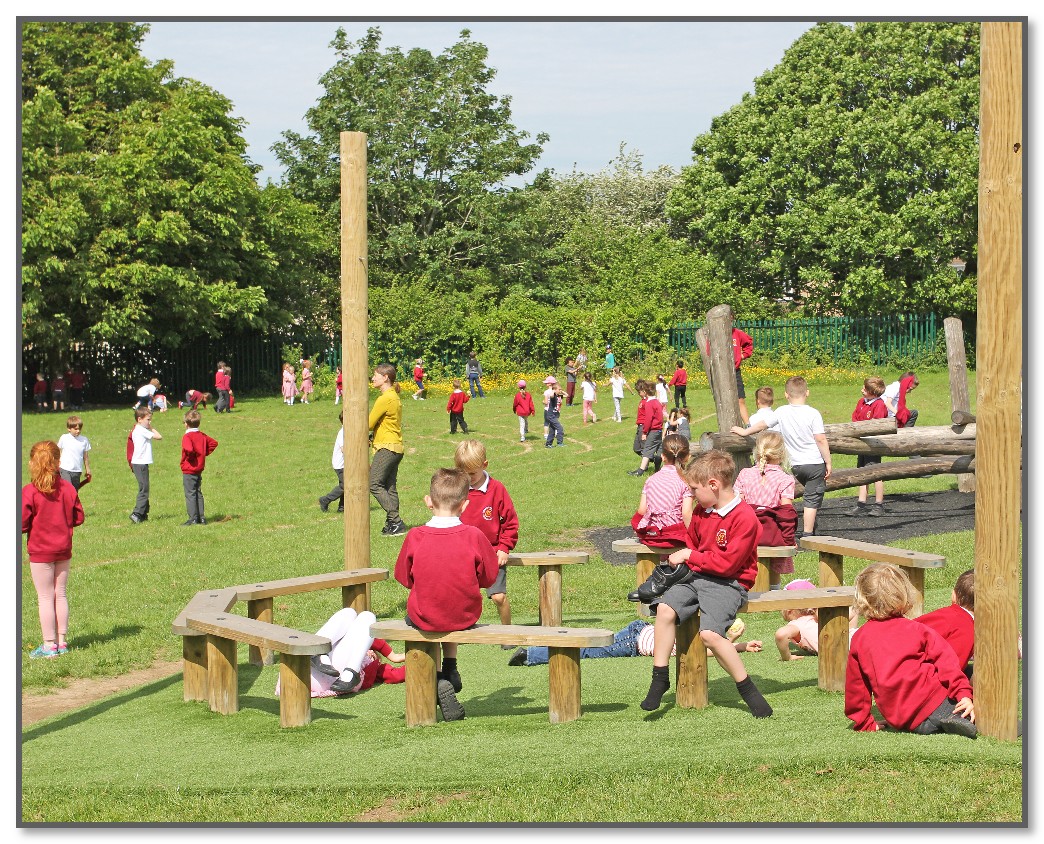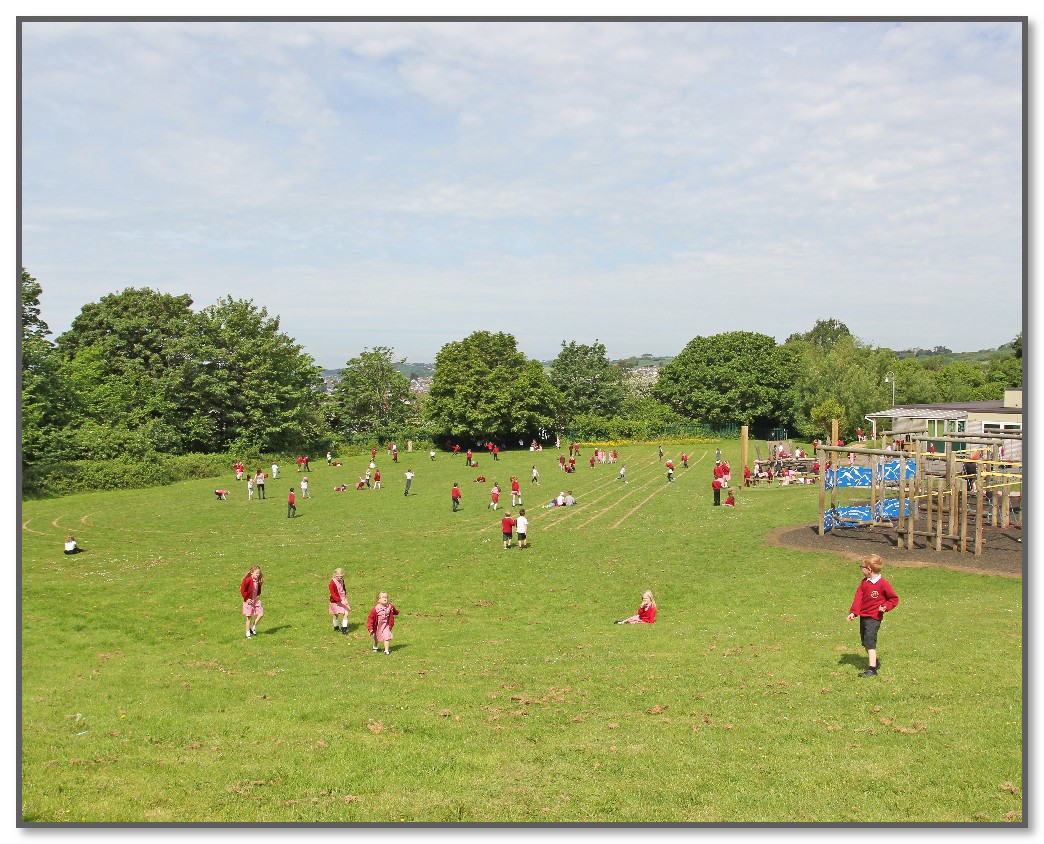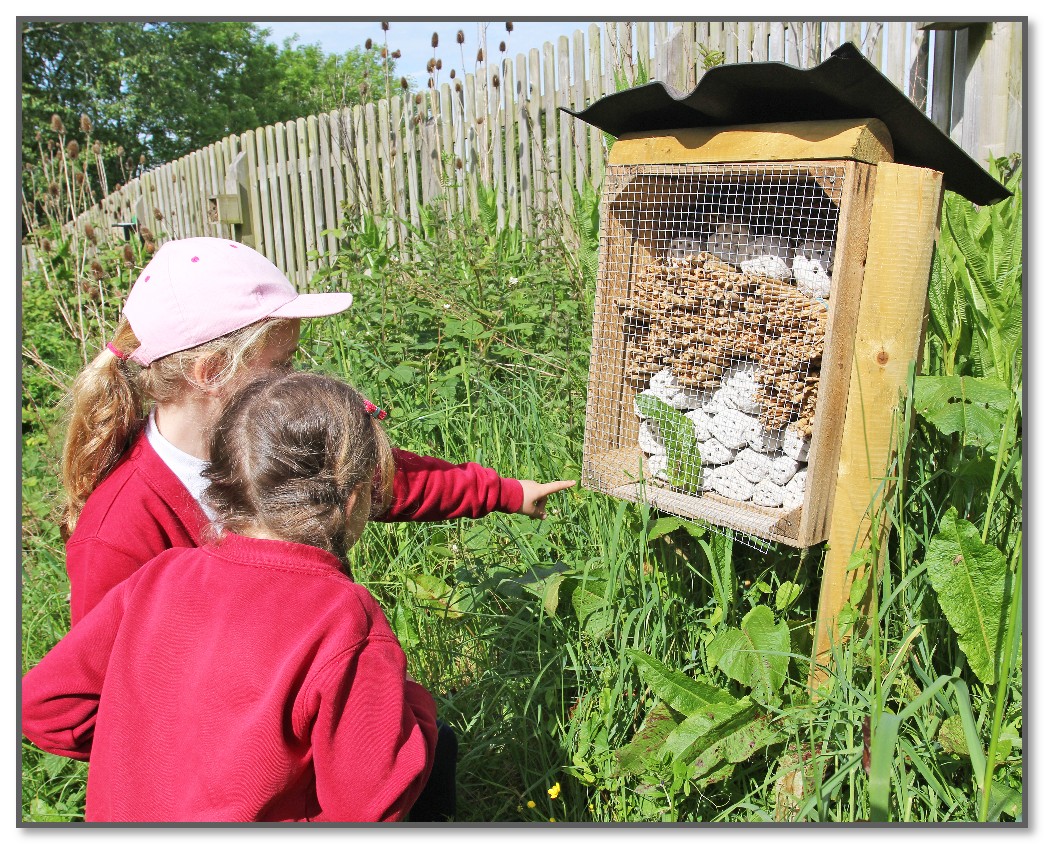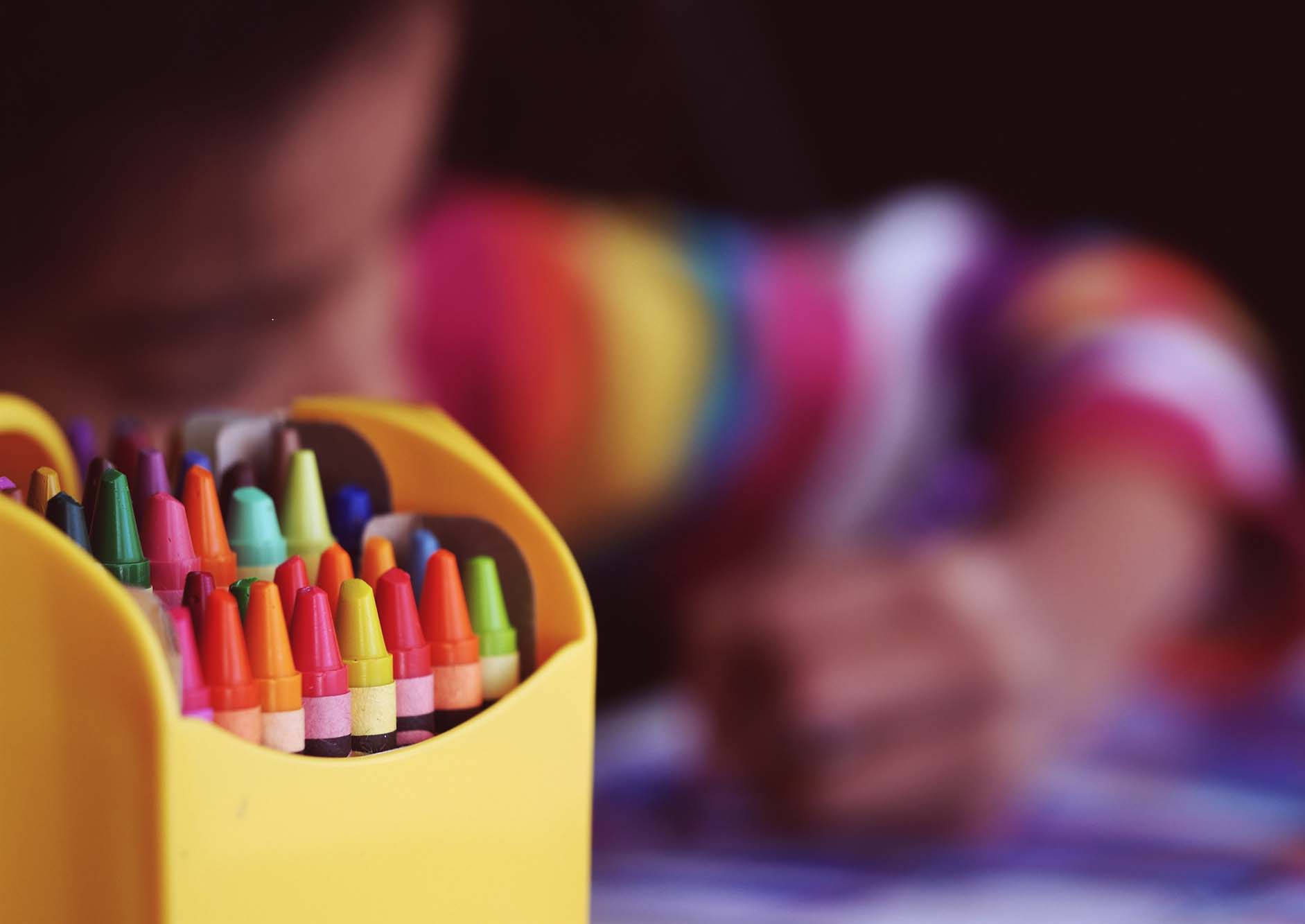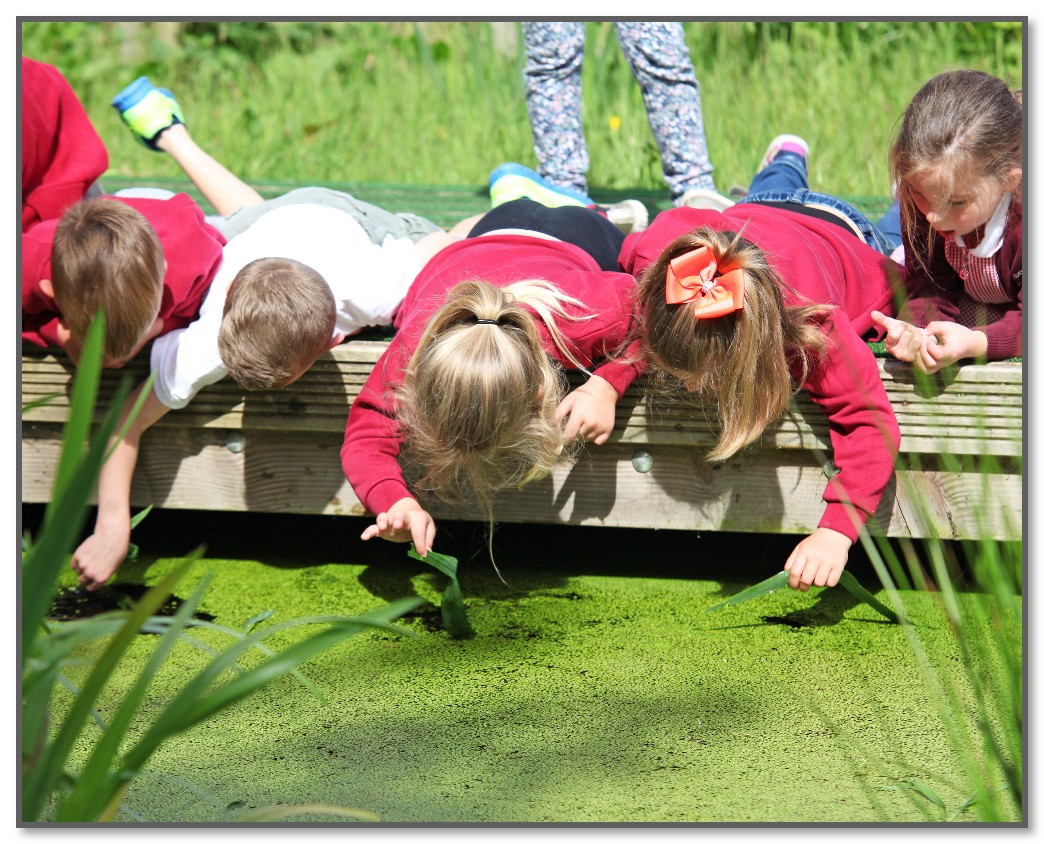Impact
How do we measure the impact of our curriculum?
Our assessment tests: PUMA (maths), PIRA (reading) and GAPS (Grammar, Punctuation and Spelling) are used to monitor children's progress for each term. These tests produce a ‘standardised score’ which is converted to show whether a child is Below, Working towards, at Expected or at Greater depth for their age related expectation (ARE). Our aim is for all children to score over 100. Children's writing is teacher assessed.
‘Challenge Grids’ for retrieval practice
When designing our curriculum, Tom Sherrington’s (2018) ‘knowledge is to be remembered, not merely encountered’ mantra remained at the forefront of thinking.
Therefore, we introduced retrieval practice as a way for teachers to identify gaps in understanding and to ascertain the richness of the learning. Mary Myatt (2016) describes this method as ‘high challenge, but low threat’. This is used to inform planning and to ensure children are given the opportunity to address misconceptions in their understanding quickly. This concept is supported in Daniel Coyle’s (2010) ‘The Talent Code’ describing chunking material up, slowing it down, repeating, feeling the struggle and feedback as all essential for ‘deep practice’. These are also used as part of the assessment process.
KWL Grids (What you know, What you want to find out and What you have learnt)
KWL Grids give children the chance to demonstrate their prior knowledge and help to identify where gaps are in previous learning. Children are given the questions that will be explored throughout the topic from the beginning. Answers are used to inform planning, so that children are always given a truly bespoke learning experience.
Finally, they are used by teachers as part of the assessment process. Any gaps in knowledge are added to the Impact document.
Impact Document
Our impact document is used as a ‘feedback loop’ to give the previous year group precise information on gaps in understanding. Any gaps in knowledge are added to the document, which is shared with previous teachers, so alterations can be made for the following year. These are also used by teachers as part of the assessment process.

